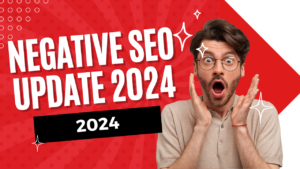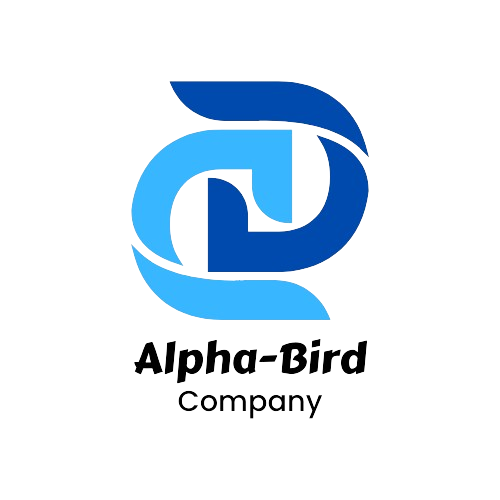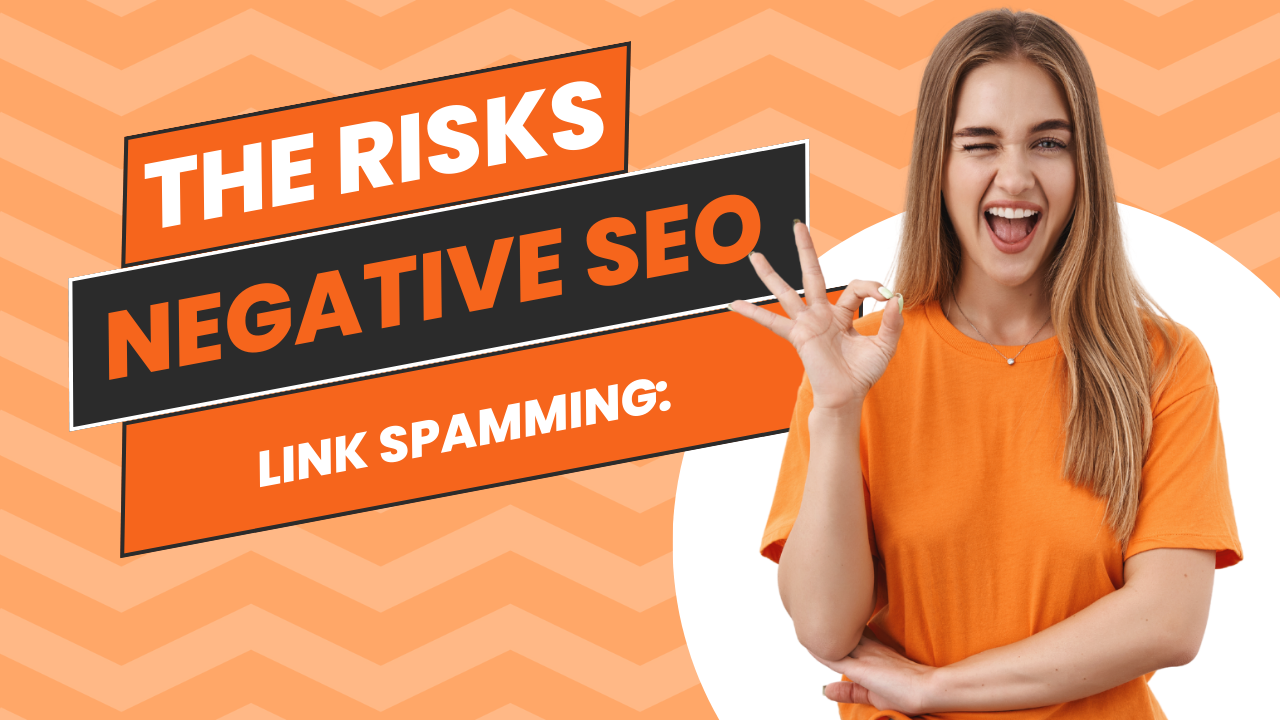Negative SEO

Introduction: Negative SEO In the vast and ever-evolving realm of search engine optimization (SEO), website owners and marketers are constantly striving to improve their rankings and visibility in search engine results pages (SERPs). However, amid the pursuit of legitimate strategies lies a darker side of SEO known as negative SEO. This nefarious practice involves the deliberate sabotage of a competitor’s website through manipulative and unethical tactics. In this comprehensive guide, we delve deep into the world of negative SEO, exploring its tactics, impacts, detection methods, and strategies for defense.
Negative SEO:
Negative SEO encompasses a range of deceptive tactics aimed at undermining a competitor’s search engine rankings and online reputation. Some common negative SEO tactics include:
Link Spamming:
Link spamming, also known as link farming or spamdexing, refers to the practice of artificially inflating a website’s backlink profile with low-quality, irrelevant, or manipulative links. These links are often generated through automated software, link exchange schemes, or by purchasing links from spammy websites. The goal of link spamming is to trick search engines into believing that the target website is more authoritative or popular than it actually is, thereby boosting its rankings in SERPs.
The Risks of Link Spamming:
Engaging in link spamming poses several risks to your website’s SEO efforts, including:
- Penalties from Search Engines: Search engines like Google have sophisticated algorithms that can detect and penalize websites engaged in manipulative link-building practices. Penalties may result in lower search rankings, decreased visibility, or even removal from search engine results altogether.
- Loss of Credibility: Websites with a high volume of spammy backlinks are viewed as untrustworthy and unreliable by both search engines and users. This can tarnish your website’s credibility and reputation, making it less likely to attract organic traffic or earn valuable backlinks from authoritative sources.
- Negative User Experience: Link spamming often results in a poor user experience, as users are directed to irrelevant or low-quality websites. This can lead to increased bounce rates, decreased time spent on site, and ultimately, lower conversion rates.
How to Avoid Link Spamming:
To avoid falling victim to the pitfalls of link spamming, follow these best practices for ethical link building:
- Focus on Quality over Quantity: Instead of pursuing a high volume of backlinks, prioritize quality links from authoritative and relevant websites within your industry niche. Quality links are more valuable in the eyes of search engines and are less likely to trigger penalties.
- Earn Links Naturally: Focus on creating high-quality, valuable content that naturally attracts backlinks from other websites. Engage with industry influencers, participate in relevant communities, and promote your content through social media channels to increase its visibility and attract organic backlinks.
- Diversify Your Link Profile: Aim for a diverse and natural backlink profile that includes a mix of link types, anchor texts, and referring domains. Avoid over-optimizing anchor text and vary your link-building strategies to appear more natural to search engines.
- Conduct Regular Link Audits: Regularly audit your website’s backlink profile using tools like Google Search Console, Ahrefs, or SEMrush. Identify and disavow any toxic or spammy backlinks that could harm your website’s SEO efforts.
- Stay Informed: Keep abreast of the latest developments in SEO and search engine algorithms. Familiarize yourself with search engine guidelines and best practices for ethical link building to ensure your strategies remain compliant and effective.

- Content Scraping:
Content scraping, also referred to as web scraping or content theft, involves the unauthorized copying and republishing of content from one website to another. Scrapers use automated bots or software to extract content from websites, often without proper attribution or permission. This stolen content is then repurposed for various purposes, including filling out other websites with content, generating ad revenue, or manipulating search engine rankings.
The Impact of Content Scraping:
Content scraping can have several negative consequences for website owners and their SEO efforts, including:
- Duplicate Content Issues: When content is scraped and republished elsewhere on the web, it creates duplicate content issues. Search engines may struggle to determine the original source of the content, leading to potential penalties or lower rankings for the affected website.
- Loss of Traffic and Revenue: If a scraper’s website ranks higher than the original source in search engine results, it may siphon traffic and potential revenue away from the legitimate website. This can result in lost opportunities for engagement, leads, and conversions.
- Damage to Reputation: Content scraping can damage a website’s reputation and credibility, as users may perceive the scraped content as stolen or untrustworthy. This can negatively impact brand perception and customer trust.
How to Mitigate Content Scraping:
While it’s challenging to completely prevent content scraping, there are steps website owners can take to mitigate its impact:
- Monitor Your Content: Regularly monitor your website’s content using tools like Google Alerts or Copyscape to identify instances of scraping. Set up alerts for key phrases or unique content elements to quickly detect unauthorized use.
- Use Copyright Notices: Display copyright notices on your website to assert your ownership of the content and deter potential scrapers. Make it clear that unauthorized use of your content is prohibited without express permission.
- Implement Technical Measures: Use technical measures such as CAPTCHA, IP blocking, or bot detection software to prevent automated scraping bots from accessing your website’s content.
- File DMCA Takedown Requests: If you discover that your content has been scraped and republished without permission, file a Digital Millennium Copyright Act (DMCA) takedown request with the hosting provider or search engine to have the infringing content removed.
- Optimize Internal Linking: Optimize your website’s internal linking structure to ensure that search engines recognize the original source of your content. Link back to your own content whenever possible to establish authority and ownership.
- Negative Reviews: Posting fake negative reviews or feedback about a business to tarnish its reputation and credibility.
- Hacking: Gaining unauthorized access to a website and making malicious changes, such as injecting malware or altering content, to harm its search engine rankings.
The Impact of Negative SEO:
Negative SEO can wreak havoc on a website’s search engine rankings, credibility, and online reputation. The consequences of negative SEO attacks include:
- Plummeting Rankings: Manipulative tactics employed in negative SEO campaigns can lead to a sudden and significant drop in search engine rankings, resulting in decreased visibility and organic traffic.
- Penalties from Search Engines: Search engines like Google are quick to penalize websites engaged in manipulative or deceptive practices, even if they are the victims of negative SEO attacks. These penalties can be severe and difficult to recover from.
- Damage to Reputation: Negative SEO tactics such as fake reviews or content scraping can tarnish a website’s reputation and erode the trust of its audience and customers.
Detecting Negative SEO:
Early detection is key to mitigating the damage caused by negative SEO attacks. Here are some methods for detecting negative SEO:
- Monitor Backlink Profile: Regularly audit your website’s backlink profile using tools like Google Search Console, Ahrefs, or SEMrush. Look for sudden spikes in low-quality or irrelevant backlinks, which may indicate a negative SEO attack.
- Track Keyword Rankings: Keep an eye on your website’s keyword rankings for any sudden drops or fluctuations. A sharp decline in rankings for your target keywords could be a sign of negative SEO activity.
- Monitor Website Traffic: Pay attention to changes in your website’s traffic patterns, particularly unexpected drops in organic traffic. Negative SEO attacks can lead to decreased visibility in search engine results, resulting in fewer organic visitors.
- Check for Duplicate Content: Regularly check for instances of content scraping or duplication using tools like Copyscape or Siteliner. If you find unauthorized copies of your content published elsewhere on the web, it could be a sign of negative SEO.
Defending Against Negative SEO:
Protecting your website from negative SEO requires a proactive and multi-faceted approach. Here are some strategies for defending against negative SEO attacks:
- Strengthen Website Security: Implement robust security measures to protect your website from hacking attempts and unauthorized access. Use strong passwords, keep software up to date, and install security plugins or firewalls to safeguard against malicious activity.
- Regularly Monitor Backlinks: Continuously monitor your website’s backlink profile and promptly disavow any toxic or spammy backlinks using Google’s Disavow Tool. Regularly auditing your backlinks can help prevent negative SEO attacks from gaining traction.
- Secure Your Content: Protect your website’s content from scraping by implementing measures such as canonical tags, no-index directives for non-essential pages, and copyright notices. Regularly monitor for instances of content scraping and take appropriate action to have unauthorized copies removed.
- Engage in Reputation Management: Actively monitor mentions of your brand or business online, including social media, review platforms, and forums. Respond promptly and professionally to any negative feedback or reviews, and take steps to address legitimate concerns raised by users.
- Stay Informed and Vigilant: Keep abreast of the latest developments in SEO and stay vigilant for any signs of negative SEO activity targeting your website. Educate yourself and your team about common negative SEO tactics and how to recognize and respond to them effectively.
FAQs:
Q: How common are negative SEO attacks? A: Negative SEO attacks are relatively uncommon compared to traditional SEO tactics, but they can have devastating consequences for targeted websites. While the prevalence of negative SEO may vary depending on the competitiveness of your industry and the visibility of your website, it’s essential to remain vigilant and prepared.
Q: Can negative SEO attacks be reversed or mitigated? A: While it can be challenging to reverse the damage caused by negative SEO attacks, taking proactive steps to address the issues, such as disavowing toxic backlinks and reporting malicious activity, can help mitigate their impact over time. Additionally, focusing on building a strong and resilient online presence through ethical SEO practices can help buffer your website against future attacks.
Conclusion: Negative SEO represents a shadowy underbelly of the SEO world, posing significant threats to the rankings, visibility, and reputation of targeted websites. By understanding the tactics employed in negative SEO attacks, implementing proactive monitoring and detection measures, and deploying robust defense strategies, website owners can protect their online presence against malicious actors and ensure their continued success in the competitive landscape of search engine optimization. Remember, vigilance, and proactive action are key to defending against the dark arts of negative SEO.

